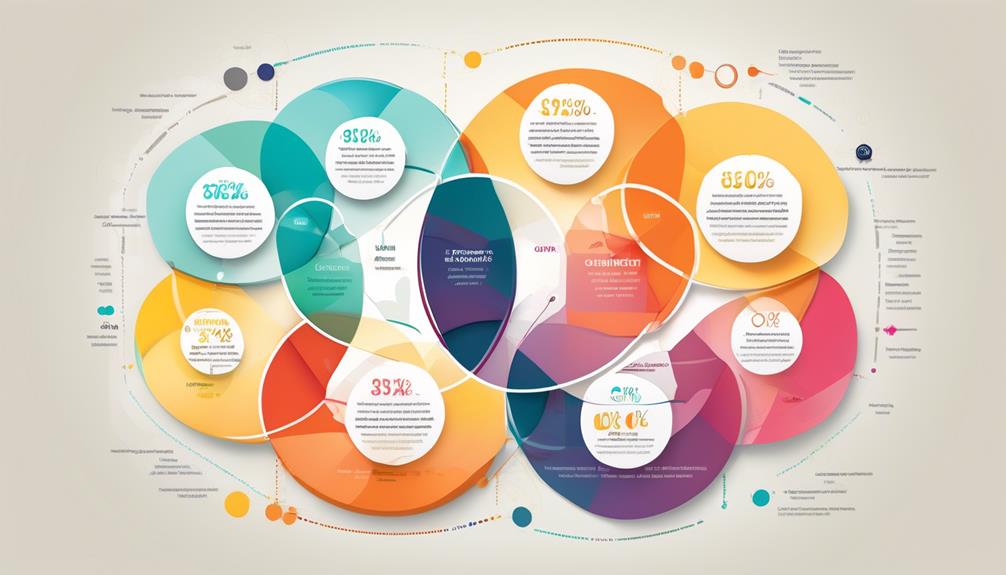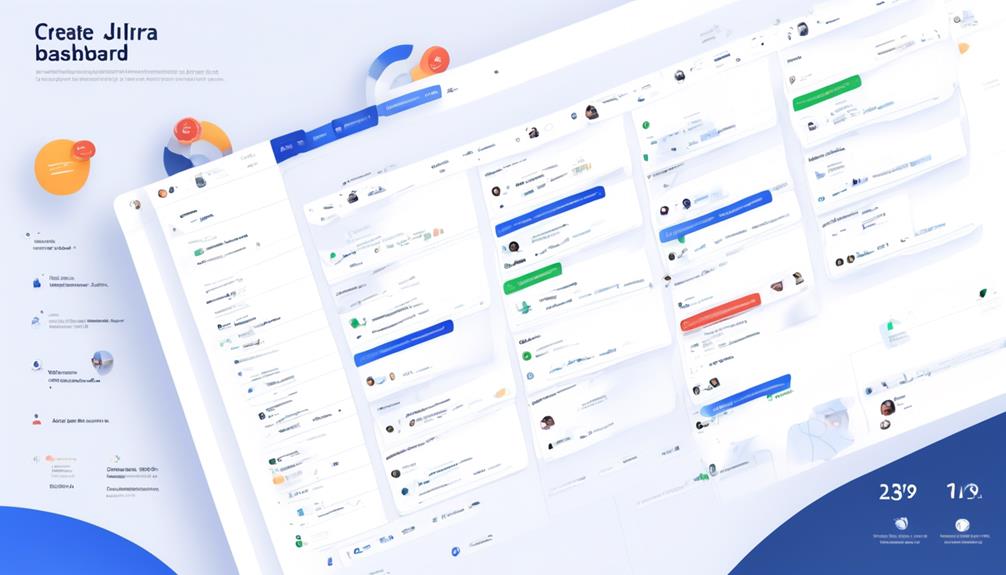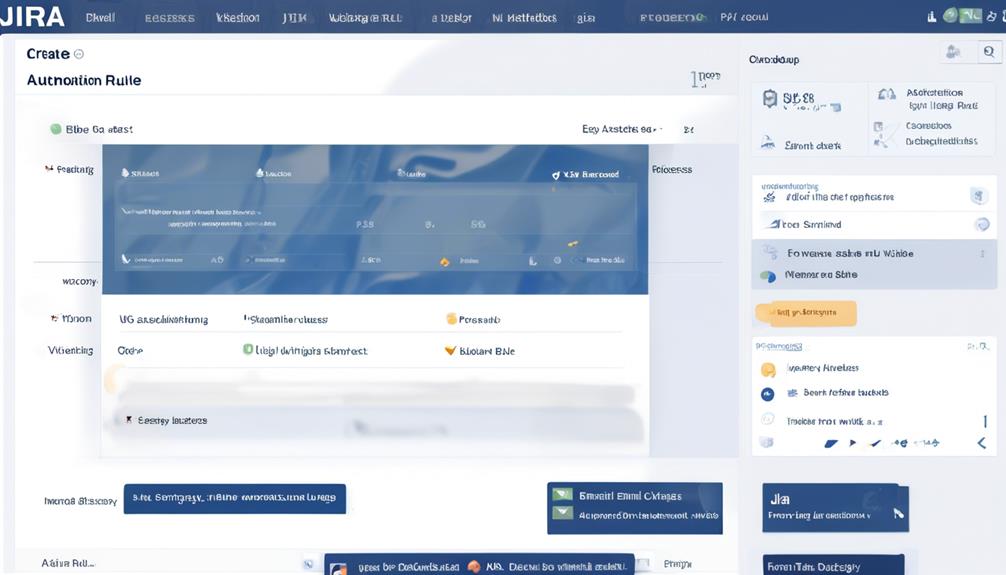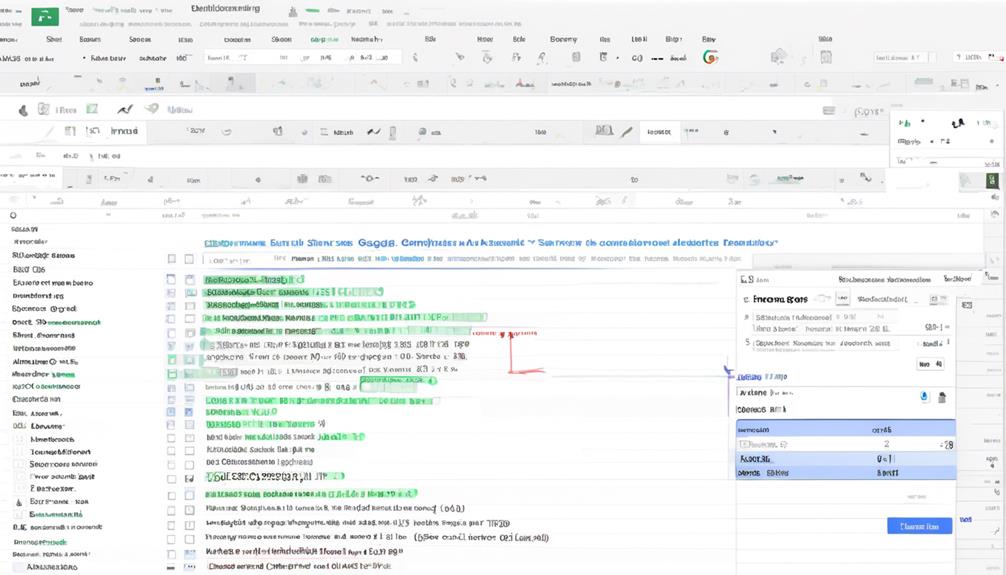Think of email marketing automation as the foundation for creating meaningful connections with your audience. It is crucial to ensure that every interaction with your subscribers is personalized and caters to their individual needs.
But where do you start? Well, mastering the basics is key to setting a strong foundation for your email automation strategy. So, let's explore three key tips that will help you navigate the world of beginner email marketing automation and set you on the path to success.
Key Takeaways
- Email marketing automation saves time and increases efficiency.
- Segmentation strategies help improve open rates, click-through rates, and conversion rates.
- Choosing the right automation software involves considering features, integration, and customer support.
- Features of email marketing automation software include email templates, workflow automation, analytics, and integration with CRM and other tools.
Email Marketing Automation Benefits
With email marketing automation, you can save time and increase efficiency, allowing you to focus on other important aspects of your business.
The benefits of email marketing automation are numerous. Firstly, it enables you to send personalized and targeted email campaigns to your customers and subscribers. By utilizing automated emails, you can tailor the content to specific customer segments, increasing the relevance and impact of your messages.
Additionally, email automation allows you to engage with your audience at optimal times, ensuring that your communications are timely and effective. Over 99% of consumers check their inbox daily, making email a powerful channel for reaching and engaging with your audience.
Furthermore, automated abandoned cart flows can help recover lost sales by reminding customers of items they left behind. Moreover, reengagement campaigns can boost customer retention by reconnecting with inactive subscribers and reigniting their interest in your brand.
Email Segmentation Strategies

To optimize the effectiveness of your email marketing, employing strategic segmentation techniques is essential for delivering personalized and relevant content to your audience. Here are some email segmentation strategies to enhance your marketing efforts:
- Segmentation Criteria: Divide your email list into segments based on demographics, behavior, or interests. Utilize customer data to create targeted emails that resonate with specific groups within your audience.
- Automation Triggers: Use segmentation triggers such as past purchases, website interactions, or email engagement to automatically send personalized emails. This ensures that your automated campaigns are tailored to individual customer behavior and preferences.
- Customized Campaigns: Create different email campaigns for segmented audiences to improve open rates, click-through rates, and conversion rates. Tailoring your messaging and content to each segment's specific needs, preferences, and behaviors leads to better customer engagement and satisfaction.
Implementing these email segmentation strategies not only aligns with marketing best practices but also fosters stronger customer relationships by delivering content that resonates with their interests and behaviors. Continuously analyzing and optimizing your segmentation strategies will ensure the most effective and impactful email campaigns.
Can I Apply These Best Practices to Beginner Email Marketing Automation?
Yes, you can definitely apply these best marketing automation email practices to beginner email marketing automation. By following proven strategies and utilizing automation tools, you can streamline your email marketing efforts and improve your overall efficiency and effectiveness. Embracing these practices will help you achieve your marketing goals more effectively and efficiently.
Choosing the Right Automation Software
After implementing effective email segmentation strategies, your next critical step is choosing the right automation software to streamline and enhance your email marketing efforts. When selecting an email marketing automation software, consider the features and capabilities it offers, such as email templates, workflow automation, and analytics. Integration with your existing systems and platforms is vital, so look for a software that seamlessly integrates with your CRM and other tools. Evaluate the ease of use and learning curve of the automation software to ensure your team can quickly adapt to it. Additionally, check for the level of customer support and available resources provided by the automation software provider. Scalability and pricing options are also essential factors to consider, as your needs may change as your business grows. Here's a comparison of some popular marketing automation platforms:
| Features | Integration | Customer Support |
|---|---|---|
| Email Templates | CRM Integration | 24/7 Live Support |
| Workflow Automation | Social Media Integration | Knowledge Base |
Remember that the right email automation software can be a game-changer for your marketing efforts.
Frequently Asked Questions
How Do I Start Email Marketing Automation?
To start email marketing automation, begin by creating a clear goal for your email campaigns.
Next, choose a reliable email marketing platform, like Mailchimp or Constant Contact.
Then, segment your email list based on customer interests and behavior.
Craft personalized and engaging content for your emails.
Set up automated triggers for sending emails, such as welcome emails or abandoned cart reminders.
How Do I Start Email Marketing for Beginners?
To start email marketing as a beginner, focus on the following steps:
- Choose the right email marketing software.
- Create a welcome sequence.
- Segment your subscriber list.
- Split-test your emails.
- Track the results for future improvements.
Choosing the right email marketing software is crucial to ensure that you have the necessary tools and features to effectively manage your email campaigns. Look for software that offers user-friendly templates, automation options, and robust analytics.
Once you have the software in place, create a welcome sequence to introduce new subscribers to your brand. This sequence can include a series of automated emails that provide valuable information, resources, or offers to engage and nurture your new subscribers.
Segmenting your subscriber list is essential for sending targeted emails. Divide your subscribers into different groups based on their interests, demographics, or buying behavior. This allows you to tailor your emails to specific segments and increase engagement and conversions.
Split-testing your emails is an effective way to optimize your email marketing campaigns. Test different subject lines, content, or calls to action to see what resonates best with your audience. This helps you understand what works and what doesn't, allowing you to make data-driven decisions for future campaigns.
Finally, track the results of your email marketing efforts. Monitor open rates, click-through rates, and conversions to gauge the success of your campaigns. Use this data to make improvements and refine your strategies for better results in the future.
What Are the 7 Email Marketing Strategies?
To excel in email marketing, focus on strategies like segmentation, personalization, and automation.
Crafting engaging welcome emails, leveraging cart abandonment emails, and re-engagement campaigns are key.
Implement good email hygiene practices and optimize your site for conversions.
These strategies will enhance your email marketing efforts and drive better results.
What Are the 5 Steps of Email Marketing?
To start email marketing, you should first determine your target audience. Identifying who you want to reach will help you tailor your messages and increase the chances of them resonating with your recipients.
Next, define your message. Outlining your message will allow you to communicate your value proposition clearly and effectively. It is important to craft compelling content that grabs the attention of your audience and encourages them to take action.
Once you have determined your target audience and defined your message, it is time to set clear goals. Setting measurable objectives will help you track the success of your email marketing campaigns and make necessary adjustments along the way.
With your goals in mind, it is crucial to develop a content plan. Planning your content will ensure that you consistently deliver valuable and relevant information to your subscribers. This can include newsletters, promotions, announcements, or any other type of content that aligns with your goals and resonates with your audience.
Lastly, establish a sending schedule. Scheduling your emails strategically will help you maintain consistency and avoid bombarding your subscribers with too many messages. It is important to find the right balance and frequency that works best for your audience.
Conclusion
You've learned the basics of email marketing automation, now it's time to put them into action.
Did you know that welcome emails have an average open rate of 82%? By starting with a welcome email series, you can make a strong first impression and build a loyal customer base from the start.
Don't forget to segment your subscriber list and continuously test and optimize your campaigns for maximum effectiveness.
Happy automating!










